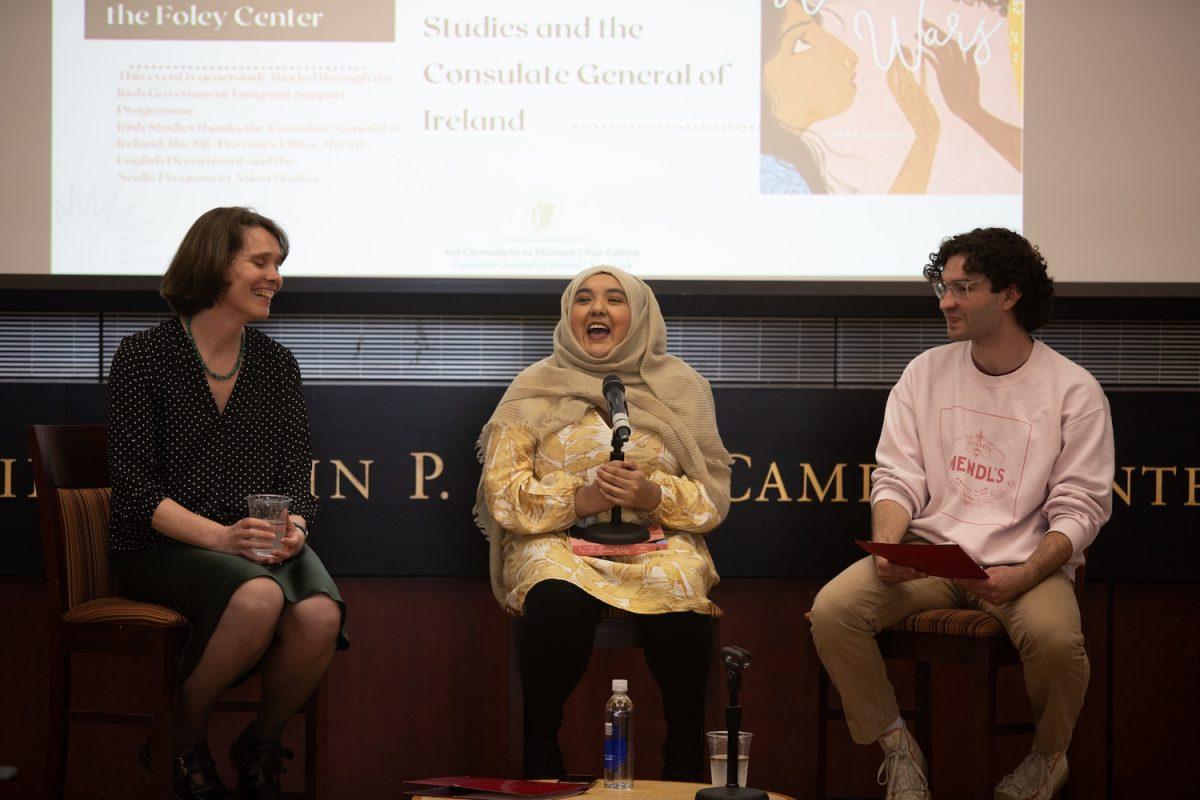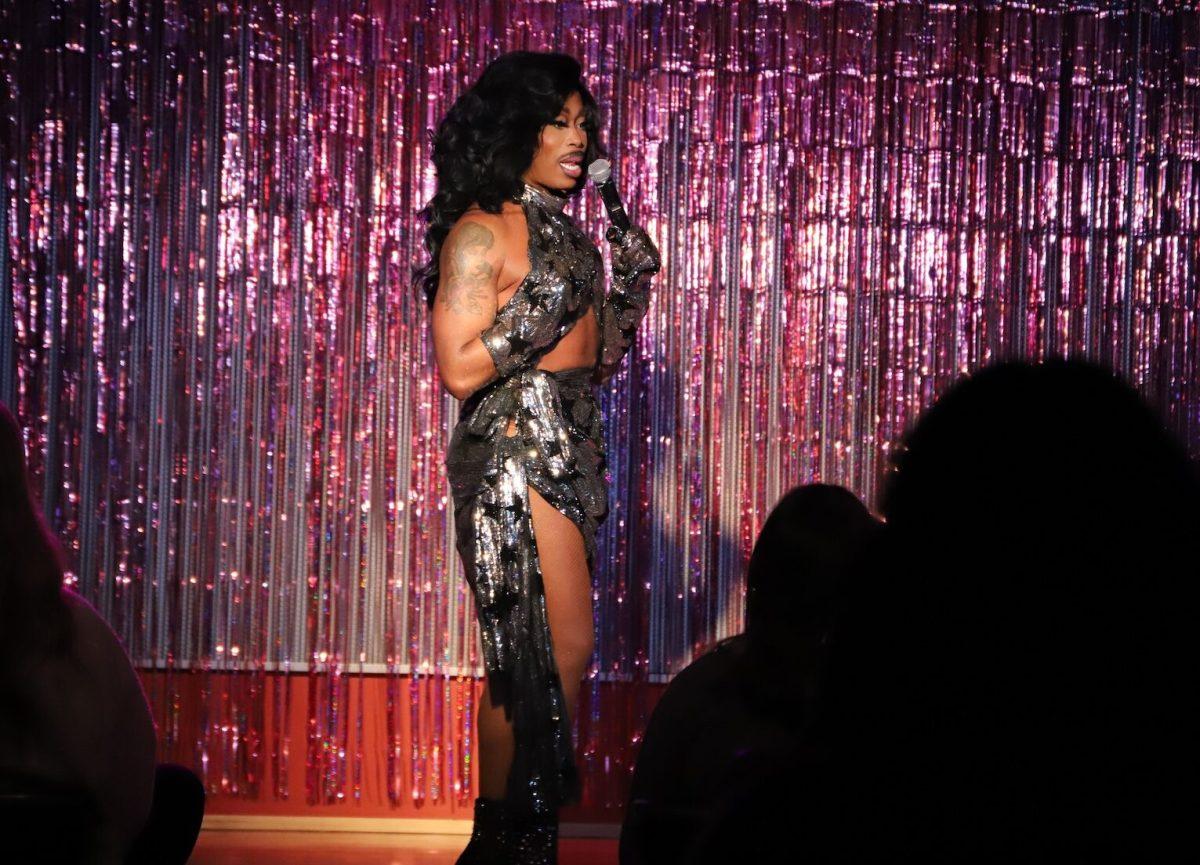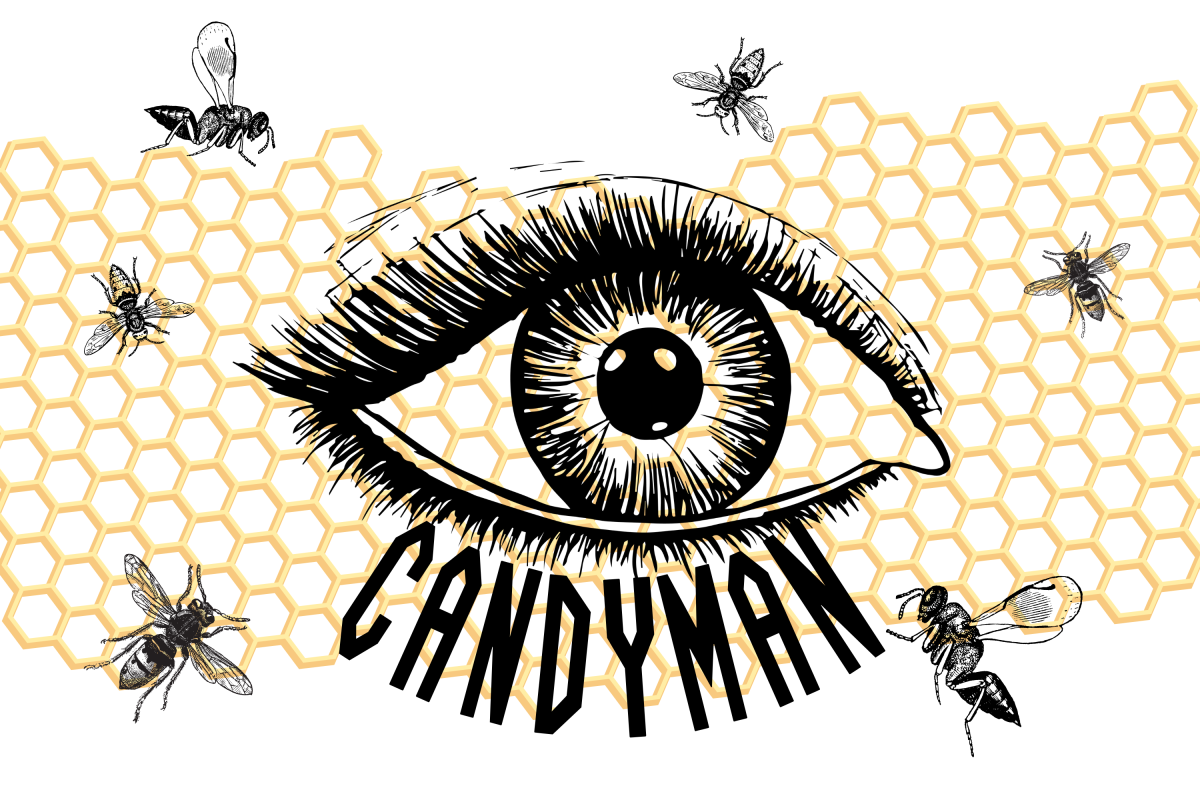Directed by Nia DaCosta from a script she wrote with producer Jordan Peele and Win Rosenfeld, “Candyman” is the inspired sequel to the 1992 landmark film of the same name.
Picking up 27 years after the events of its predecessor, the film follows a new incarnation of the titular slasher as he terrorizes a new generation of Chicago denizens as new and shocking details of his mythology are revealed.
“Candyman” stars Yahya Abdul-Mateen II, Teyonah Parris, Nathan Stewart-Jarrett, Michael Hargrove and Colman Domingo. It is currently out in theaters nationwide.
The sequel’s narrative focuses on Anthony McCoy, played by Abdul-Mateen, a visual artist struggling to replicate the success he found earlier in his career. Upon learning of the Candyman urban legend, he believes learning more about the story will inspire him to reinvigorate his career.
As a talented but troubled artist desperate to return to his former glory, Anthony is an engaging and relatable protagonist. This determination for success also provides a plausible justification for him to come into contact with the main antagonist.
Anthony’s growing obsession with finding the right inspiration puts him at odds with his girlfriend Brianna Cartwright, played by Parris, who is also the director of the art gallery where Anthony works. Parris and Abdul-Mateen have enjoyable and realistic chemistry in their interactions, even though Brianna’s arc in the story treads little in the way of new ground.
Brianna’s brother Troy, played by Stewart-Jarrett, and his boyfriend Grady, played by Kyle Kaminsky, serve as “Candyman’s” comic relief, a role that unfortunately turns out to be the full extent of their contribution to the film. While Troy certainly has some funny lines, cutting him and Grady from the movie would have had negligible effects.
Of the entire cast, the two best characters in the film are Sherman Fields and William Burke, played by Hargrove and Domingo respectively.
Sherman receives a disturbing introduction in the opening scene of the film, emerging from a hole in the wall with a hooked prosthetic hand and a real one full of candy that he offers to a young child. Hargrove’s portrayal is utterly uncanny and will certainly linger with audiences long after their first viewing.
As one might expect, Sherman soon becomes one of the visages used by the Candyman. However, as the plot progresses, we come to see Sherman in a more tragic light, making his horrific first appearance take on an unexpected layer of irony. This brilliantly ties into the film’s broader themes of prejudice and generational racial harm that continue from the 1992 original.
Burke, who happens to be the child Sherman offered candy to, serves as Anthony’s primary source for learning about the urban legend. Domingo’s performance is a unique mix of weariness and reverence, seeming in awe of the Candyman as much as he is terrified of him.
DaCosta and Peele’s screenplay revisits the themes of the original film while updating the story for a newer generation. The neighborhood of Cabrini-Green is depicted as having been mostly gentrified, a fact pointed out and lambasted in the story.
Furthermore, the presence of Anthony’s visual art pieces and the discussions that surround their meaning bring to light the long and heartbreaking history of violence inflicted on the Black community. Such racialized violence was the central cause behind the death of the original Candyman, Daniel Robitaille, and is the eternal vengeful fuel behind his murderous rampages.
For director Nia DeCosta, “Candyman” represents her sophomoric cinematic offering, and though she is new to the horror genre, her direction excels in the scare department. Particular highlights are the masterfully animated shadow puppet sequences that are used to convey the mythology of the title character.
Considering how much the beginning of “Candyman” is set in the Chicago art scene, these unorthodox flashback sequences feel especially appropriate. They also help DeCosta establish a foreboding, supernatural atmosphere early on, slowly building up the tension until the murders begin.
Speaking of which, the film makes up for its stale slasher formula with some well-shot and choreographed kills, supplemented by a wonderfully eerie soundtrack from composer Robert Aiki Aubrey Lowe.
“Candyman” is an impressive and timely supernatural slasher. It balances its strong cast and direction with important social commentary, continuing producer Jordan Peele’s successful slate of satirical horror from a Black perspective.
Though it may fall short in properly integrating all of its characters into the overall plot, it will be remembered as one of the best
films of 2021.







































